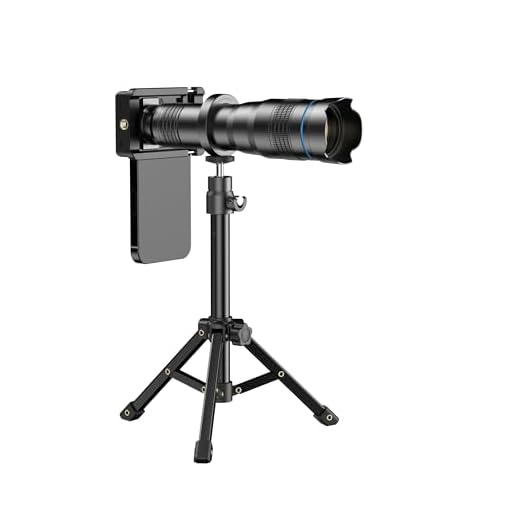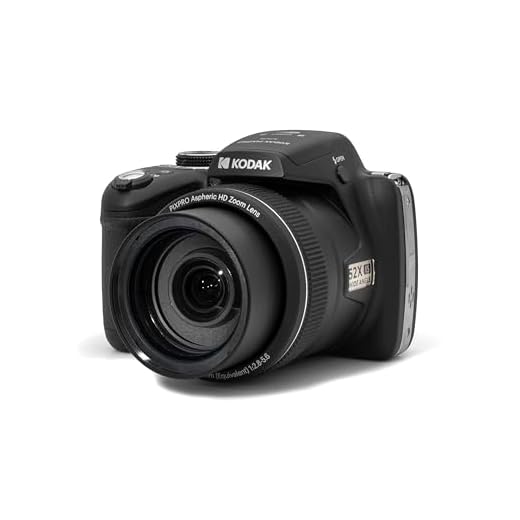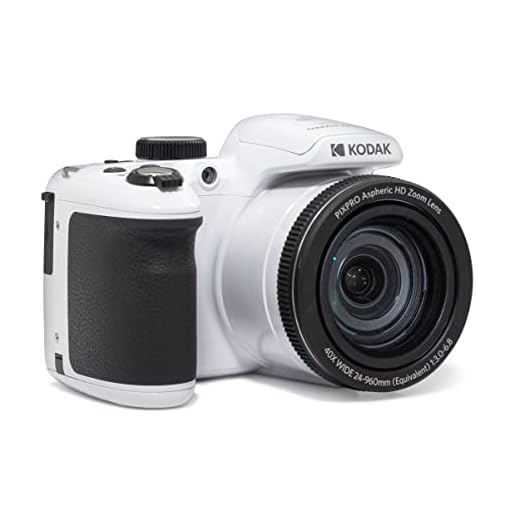




When it comes to smartphone cameras, the debate between optical and digital zoom is a common one. In the case of the Galaxy S8, Samsung has equipped its flagship device with a powerful camera that boasts both optical and digital capabilities. But what does this mean for the average user?
Optical zoom utilizes the physical movement of lens elements to adjust the focal length and magnify the image without sacrificing quality. On the other hand, digital zoom relies on software algorithms to crop and enlarge the image, often resulting in a loss of detail and sharpness. The Galaxy S8’s camera features a dual pixel sensor and a wide f/1.7 aperture, allowing for impressive low-light performance and crisp, clear images.
Understanding Galaxy S8 Camera Technology
The Galaxy S8 camera features a combination of optical and digital technology to deliver stunning photos and videos.
Optical Image Stabilization (OIS)
The Galaxy S8 camera is equipped with Optical Image Stabilization (OIS), which helps reduce blurring caused by shaky hands or movement. This technology allows the camera lens to move in the opposite direction of the motion, ensuring sharper images even in low light conditions.
Digital Zoom
In addition to OIS, the Galaxy S8 camera also utilizes digital zoom to enhance the quality of zoomed-in photos. While optical zoom uses the lens to physically zoom in on a subject, digital zoom enhances the image digitally by increasing the size of the pixels. This allows you to capture detailed shots even from a distance.
Exploring Camera Features
When it comes to the camera on the Galaxy S8, there are a plethora of features to explore. One of the key features that users often inquire about is whether the camera is optical or digital. Let’s delve into this and other aspects of the camera on the Galaxy S8.
Optical vs. Digital Zoom
The Galaxy S8 camera utilizes both optical and digital zoom capabilities. Optical zoom involves physically adjusting the lens to zoom in on a subject, resulting in higher quality images with no loss of detail. On the other hand, digital zoom enlarges the image digitally, which can lead to a decrease in image quality as it essentially crops and enlarges the photo. The Galaxy S8’s optical zoom allows for clearer, more detailed shots compared to digital zoom.
Other Camera Features
In addition to zoom capabilities, the Galaxy S8 camera boasts a wide range of features such as Pro mode, selective focus, HDR (High Dynamic Range), and more. These features give users the flexibility to customize their photos and capture stunning images in various lighting conditions.
| Camera Features | Description |
|---|---|
| Pro mode | Allows manual adjustments to settings such as ISO, shutter speed, and white balance for professional-level photography. |
| Selective focus | Creates a depth-of-field effect by blurring the background or foreground of a photo. |
| HDR | Enhances image quality by combining multiple exposures to capture details in both bright and dark areas of a scene. |
Comparing Optical and Digital Zoom
When it comes to smartphone cameras like the Galaxy S8, understanding the difference between optical and digital zoom is crucial for capturing high-quality photos.
Optical Zoom:
- Optical zoom uses the lens to physically zoom in on the subject, resulting in higher image quality without loss of detail.
- Optical zoom is ideal for capturing distant subjects or getting closer to the action without sacrificing image clarity.
- Smartphones with optical zoom capabilities often have multiple lenses to achieve different zoom levels.
Digital Zoom:
- Digital zoom, on the other hand, enlarges the image digitally by cropping and scaling the image, resulting in a loss of quality and detail.
- While digital zoom can make the subject appear closer, it often leads to pixelation and reduced sharpness in the final image.
- Smartphones typically offer digital zoom as a way to simulate zooming in, but it’s not as effective as optical zoom.
Overall, optical zoom is preferred for capturing high-quality photos with clarity and detail, while digital zoom should be used sparingly to avoid compromising image quality.
Key Differences in Camera Functionality
When comparing optical and digital zoom in smartphone cameras like the Galaxy S8, it’s important to understand the key differences in functionality:
- Optical Zoom: Optical zoom uses the physical lens to zoom in on a subject without losing image quality. This allows you to get closer to the subject without sacrificing clarity.
- Digital Zoom: Digital zoom, on the other hand, enlarges the pixels in the image, resulting in a loss of quality as you zoom in. It essentially crops and enlarges the image digitally, which can lead to pixelation and reduced sharpness.
- Image Quality: Optical zoom generally offers better image quality compared to digital zoom because it maintains the original image resolution without distortion or loss of detail.
- Zoom Range: Optical zoom typically has a limited zoom range based on the physical capabilities of the lens, while digital zoom can offer extended zoom ranges by digitally enhancing the image.
- Low-Light Performance: Optical zoom tends to perform better in low-light conditions as it captures more light through the physical lens, resulting in clearer and sharper images compared to digital zoom.
Benefits of Optical Zoom
Optical zoom provides higher image quality compared to digital zoom because it physically adjusts the lens to zoom in on the subject. This results in sharper and clearer images with no loss of detail.
Optical zoom allows you to get closer to your subject without sacrificing image quality, making it ideal for capturing distant objects or landscapes.
With optical zoom, you can zoom in on your subject while maintaining the same image resolution, unlike digital zoom which enlarges the pixels and can lead to pixelation and loss of quality.
Optical zoom is more versatile and reliable in various lighting conditions, producing better results in low light situations or when shooting moving subjects.
Overall, optical zoom offers superior image quality and flexibility, making it a preferred choice for professional photographers and enthusiasts who value high-quality photographs.
Advantages of Digital Zoom
1. Convenience: Digital zoom allows you to zoom in on a subject without physically moving closer to it, making it a convenient option for capturing distant objects.
2. Flexibility: Digital zoom offers a range of magnification options, giving you the flexibility to adjust the zoom level based on your shooting needs.
3. Image Enhancement: Some digital zoom technologies include image enhancement features that can improve the quality of zoomed-in images by reducing noise and enhancing details.
4. Compact Design: Digital zoom is often found in compact cameras and smartphones, making it a practical choice for users who prioritize portability.
5. Cost-Effective: Digital zoom is typically more affordable than optical zoom lenses, making it a cost-effective solution for users on a budget.
Optical vs. Digital: Which is Better?
When it comes to cameras, there are two main types of zoom: optical and digital. Each type has its own set of advantages and disadvantages, and understanding the differences between them can help you choose the best camera for your needs.
| Optical Zoom | Digital Zoom |
|---|---|
| Uses the camera’s lens to physically zoom in on the subject | Enlarges the image digitally, resulting in loss of quality |
| Produces higher quality images with no loss of detail | Can lead to pixelation and reduced clarity |
| More expensive but provides better results | Often included in cameras but not as effective as optical zoom |
In conclusion, optical zoom is generally considered superior to digital zoom in terms of image quality and clarity. However, digital zoom can still be useful in certain situations where optical zoom is not available. When choosing a camera, consider your photography needs and the type of zoom that will best suit your style.
Enhancing Photography Experience
Photography is an art that requires skill, creativity, and the right tools. With the advancement of technology, smartphones have become powerful devices for capturing stunning images. The Galaxy S8 camera, whether optical or digital, offers a range of features to enhance your photography experience.
1. Dual Pixel Sensor
The Galaxy S8 camera is equipped with a dual pixel sensor, which allows for faster autofocus and better low-light performance. This feature ensures that you can capture sharp and clear images even in challenging lighting conditions.
2. Pro Mode
Take your photography to the next level with the Pro mode on the Galaxy S8 camera. This mode gives you full control over settings such as ISO, white balance, and exposure, allowing you to customize your shots according to your preferences. Experimenting with different settings can help you create unique and artistic images.
| Feature | Benefits |
|---|---|
| Optical Image Stabilization | Reduces blurriness in photos and videos by compensating for shaky hands. |
| Wide Aperture | Creates a shallow depth of field effect for capturing stunning portraits. |
| Enhanced Filters | Experiment with a variety of filters to add creative effects to your photos. |
Whether you’re a photography enthusiast or just looking to improve your smartphone photography skills, the Galaxy S8 camera offers a range of features to help you capture memorable moments with ease.
FAQ
Is the galaxy s8 camera optical or digital?
The Galaxy S8 camera has both optical and digital components. The primary camera is a 12-megapixel sensor with optical image stabilization (OIS) for better low-light performance and sharper images. Additionally, there is a digital image processing system that helps enhance the quality of the photos taken with the device.
What are the advantages of having an optical camera in the galaxy s8?
Having an optical camera in the Galaxy S8 provides several advantages. Optical image stabilization helps reduce blurriness in photos caused by shaky hands, resulting in sharper images. It also improves low-light performance and allows for smoother video recording. Overall, the optical camera enhances the quality of photos and videos taken with the device.
How does the optical image stabilization in the galaxy s8 camera work?
Optical image stabilization (OIS) in the Galaxy S8 camera works by using a gyroscope to detect movements and vibrations while taking a photo or recording a video. The camera lens or sensor is then adjusted in real-time to compensate for these movements, resulting in sharper images and smoother videos. OIS helps reduce blurriness and improves the overall quality of photos and videos taken with the device.
Can you disable the optical image stabilization in the galaxy s8 camera?
Yes, you can disable optical image stabilization (OIS) in the Galaxy S8 camera. To do this, you need to go to the camera settings on your device and look for the OIS option. From there, you can toggle the OIS setting on or off based on your preference. Disabling OIS may result in slightly less stable photos and videos, especially in low-light conditions.
Does the galaxy s8 camera use digital zoom?
Yes, the Galaxy S8 camera does use digital zoom. Digital zoom is a feature that digitally magnifies an image to make it appear closer without physically moving the lens. While digital zoom can be useful for getting closer shots, it can result in a loss of image quality as the image is essentially being cropped and enlarged. It’s generally recommended to use optical zoom when possible for better image quality.








